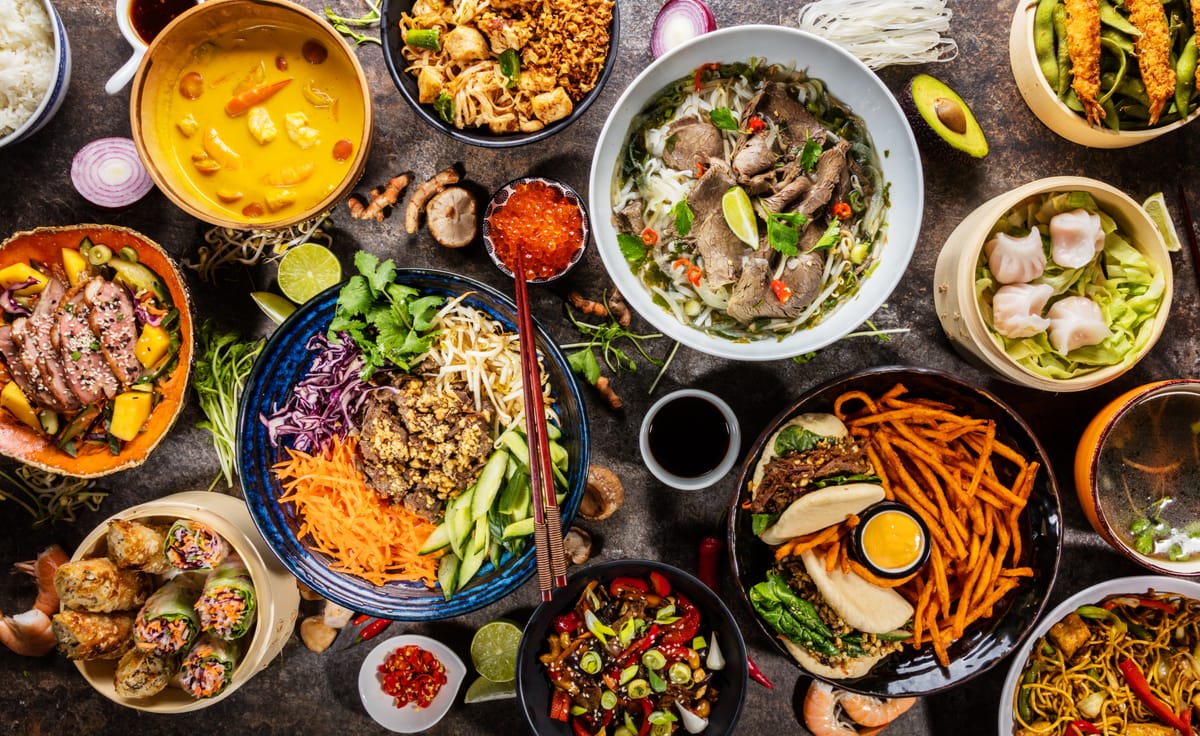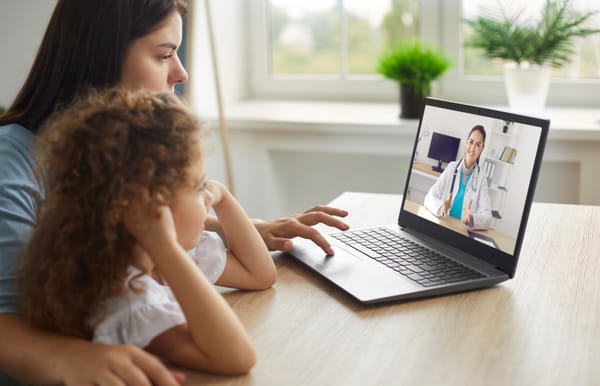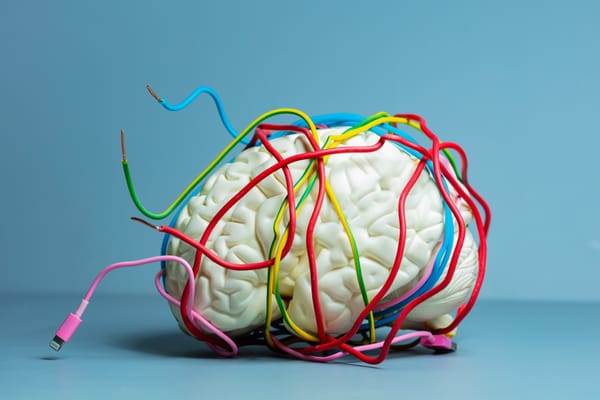The Best Nutrition Practices to Follow While on GLP-1 Medications

GLP-1 medications like semaglutide and tirzepatide are powerful tools that can help with weight loss and managing blood sugar levels, but they work even better when paired with the right nutrition practices. These medications can help reduce appetite, control cravings, and promote healthy weight loss, but to maximize their effects and support your overall health, it’s important to pay attention to what you’re eating.
If you’re new to GLP-1s or looking to optimize your nutrition while on them, this guide will provide you with actionable and easy-to-follow tips to ensure your eating habits align with your health goals. Let’s dive into the best nutrition practices to complement your GLP-1 treatment.
1. Prioritize Protein to Feel Full Longer
Protein is a key nutrient that can help you feel fuller for longer, which is especially helpful when you're on GLP-1 medications that naturally reduce appetite. Including lean protein in your meals helps stabilize blood sugar levels and prevent overeating.
Examples of Good Protein Sources:
- Chicken breast, turkey, and lean cuts of beef
- Fish (salmon, tuna, cod) and shellfish
- Eggs or egg whites
- Legumes (lentils, chickpeas, beans)
- Plant-based protein (tofu, tempeh, edamame)
- Greek yogurt or cottage cheese
Aim to incorporate a source of protein in every meal and snack. If you’re busy, protein bars or smoothies can be a quick, nutritious option.
2. Focus on Whole, Nutrient-Dense Foods
While GLP-1 medications can reduce your hunger, you want to make sure you're still getting the right nutrients. Focus on whole foods that are rich in vitamins, minerals, and fiber, rather than processed or high-sugar foods that can derail your weight loss progress.
Include These Nutrient-Dense Foods in Your Diet:
- Fruits and vegetables: Leafy greens, berries, cruciferous vegetables (broccoli, cauliflower), carrots, and bell peppers
- Whole grains: Brown rice, quinoa, oats, and whole-wheat bread
- Healthy fats: Avocados, olive oil, nuts, and seeds
- Legumes and beans: Chickpeas, black beans, lentils
These foods not only provide your body with essential nutrients but also help promote satiety, making it easier to manage hunger while on GLP-1 medications.
3. Watch Your Carb Intake and Choose Low-Glycemic Options
Carbs are an important part of any balanced diet, but it’s essential to be mindful of the types of carbs you eat, especially when aiming for weight loss or blood sugar control. GLP-1 medications can help regulate blood sugar, but pairing them with low-glycemic index (GI) carbohydrates can further stabilize blood sugar levels.
Opt for Low-Glycemic Carb Choices:
- Whole grains like quinoa, barley, and oats
- Vegetables like sweet potatoes, squash, and non-starchy veggies (spinach, kale, zucchini)
- Legumes and beans
- Fruits like berries, apples, and pears
Avoid refined carbs like white bread, sugary cereals, and pasta, as they can cause spikes in blood sugar levels. Instead, choose whole-food sources that provide fiber, which helps keep you feeling satisfied and prevents blood sugar crashes.
4. Implement Regular, Balanced Meals to Avoid Overeating
Even with reduced appetite on GLP-1 medications, skipping meals or going too long without eating can lead to overeating later on. To prevent this, try to incorporate regular meals throughout the day. The goal is to nourish your body with balanced, satisfying meals that keep your energy stable.
A Balanced Meal Includes:
- A protein source (chicken, fish, tofu)
- A healthy fat (avocado, olive oil, nuts)
- A fiber-rich vegetable (broccoli, spinach, cauliflower)
- A whole grain (quinoa, brown rice, farro)
When you space out meals and snacks, you’re less likely to feel overly hungry or make impulsive food choices.
5. Hydrate Well, but Choose Your Drinks Wisely
Drinking enough water is crucial for overall health, and it also helps with digestion and managing hunger. GLP-1 medications can sometimes cause mild nausea or digestive discomfort, so staying hydrated can help reduce these side effects.
Best Drinks to Support Your Nutrition:
- Water: Drink plenty of water throughout the day to stay hydrated.
- Herbal teas: Mint, ginger, or chamomile teas can aid digestion and soothe the stomach.
- Coffee (in moderation): If you enjoy coffee, a small amount is fine, but avoid sugary coffee drinks, which can add unnecessary calories.
Be cautious of sugary drinks like soda, fruit juices, or energy drinks, as these can contribute to weight gain and blood sugar spikes.
6. Mind Your Portion Sizes
While GLP-1 medications help you feel full and reduce cravings, it’s still essential to control your portion sizes to make sure you’re not overeating. Try using smaller plates, paying attention to hunger cues, and being mindful of serving sizes, especially when dining out.
Tips to Control Portions:
- Use smaller plates or bowls to naturally limit portions
- Listen to your body and stop eating when you’re satisfied (not overly full)
- Avoid mindless snacking in front of the TV or computer
Even if you’re not feeling as hungry, it’s important to avoid eating past the point of satisfaction, which can still lead to unwanted weight gain.
7. Be Mindful of Your Eating Pace
Eating slowly and mindfully can help you recognize when you’re full, preventing overeating. GLP-1 medications can reduce hunger, but it’s easy to eat too quickly and ignore fullness cues.
Tips for Mindful Eating:
- Put down your utensils between bites
- Chew slowly to savor the flavors of your meal
- Eat without distractions, such as TV or smartphones, to focus on your food
Mindful eating not only helps you feel more satisfied with your meals but also supports healthy digestion and weight loss.
8. Avoid Crash Diets or Extreme Restrictions
While GLP-1 medications can help with weight loss, it's important not to rely solely on extreme diets or restriction. Instead, focus on creating sustainable, healthy eating habits that will support long-term success. Extreme dieting can backfire, leading to cravings, nutrient deficiencies, and the potential for yo-yo dieting.
Focus on Balance:
- Choose nutrient-dense foods that support your health goals.
- Allow yourself the occasional treat, so you don’t feel deprived.
- Commit to long-term habits that feel good and are manageable.
Final Thoughts
Incorporating GLP-1 medications like semaglutide or tirzepatide into your routine can offer tremendous benefits for weight loss, blood sugar control, and overall metabolic health. However, to fully maximize these medications, it’s essential to pair them with balanced nutrition practices that support your health goals.
By focusing on nutrient-dense, whole foods, balancing your meals with protein, fiber, and healthy fats, and staying hydrated, you’ll create a foundation for sustainable weight loss and improved well-being.
Remember, small changes over time add up, and with the right mindset and support, you can make the most out of your GLP-1 treatment and take control of your health.
References:
- Malhotra, A., et al. "Tirzepatide for the Treatment of Obstructive Sleep Apnea and Obesity," New England Journal of Medicine, 2024.
- "Once-Weekly Semaglutide for Obesity," New England Journal of Medicine, 2021.
- "Tirzepatide vs. Semaglutide: A Comparison," Healthline, Link.




